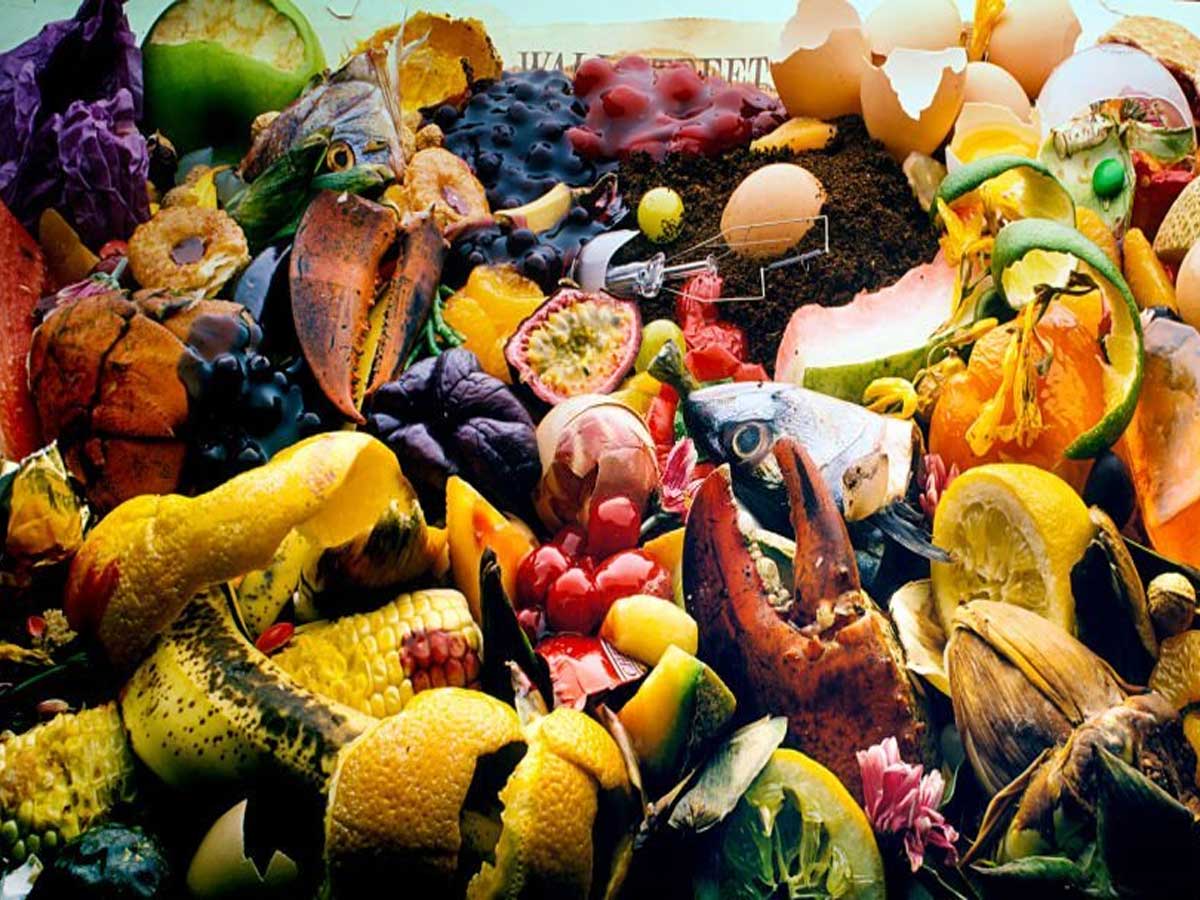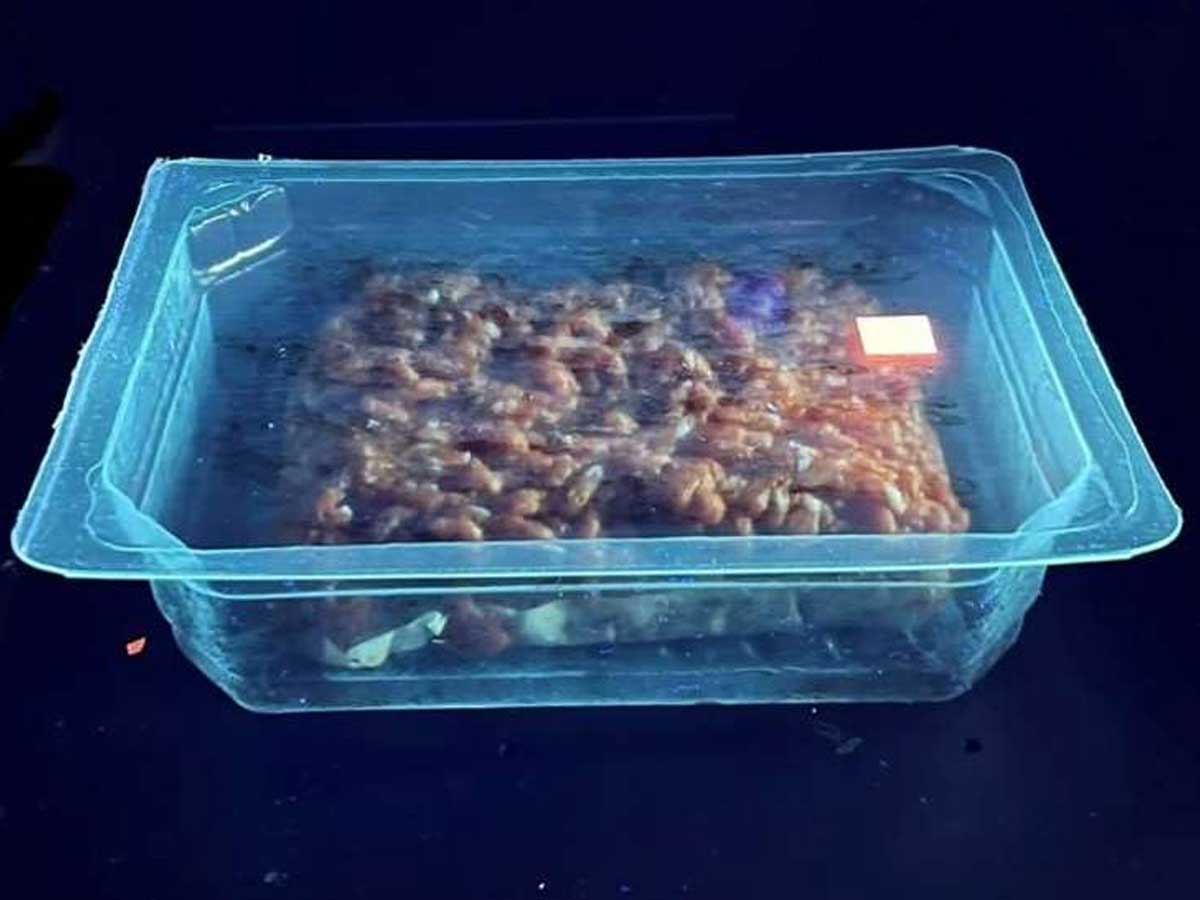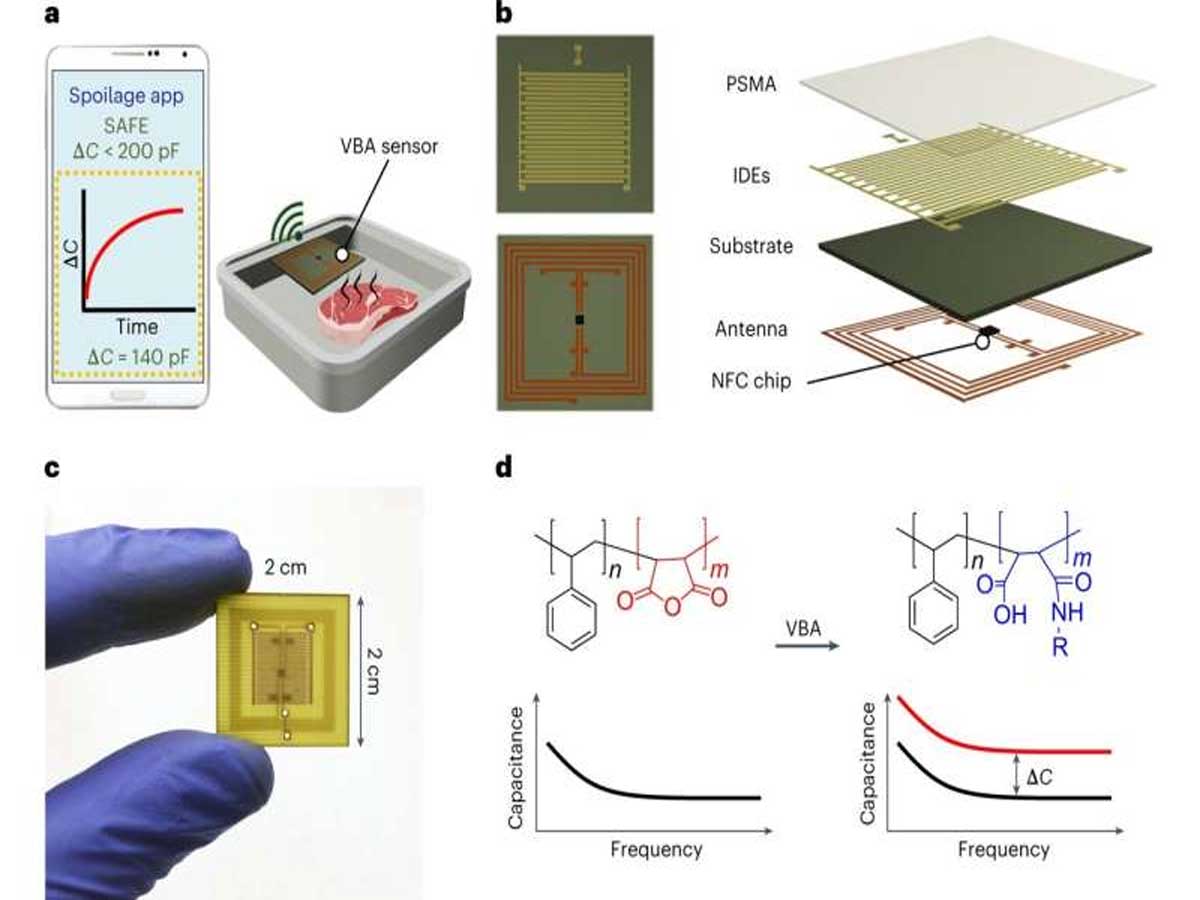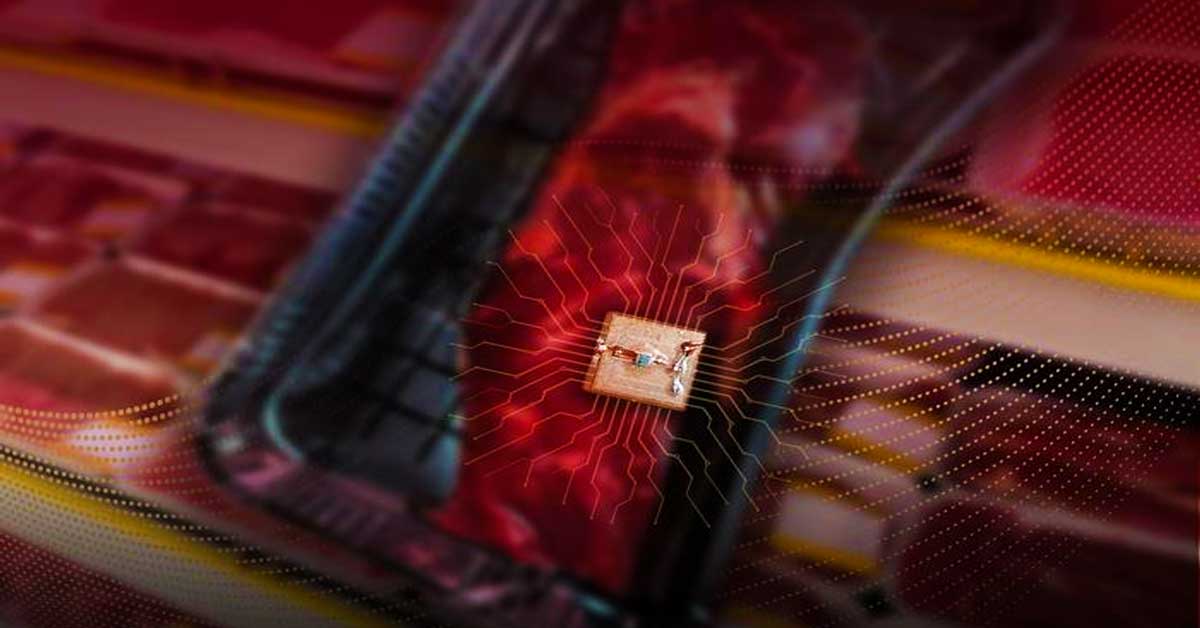Imagine a world where we can prevent food waste, ensure the safety of our meals, and make more sustainable choices effortlessly. This vision is becoming a reality, thanks to the groundbreaking work of researchers from Koç University in Turkey.
They have developed a tiny sensor that has the potential to revolutionize the way we monitor and manage food freshness. As a global issue, food waste is a severe problem that impacts our planet and society.
Do you know around 1.4 billion tons of food, equivalent to one-third of the world's food production, is wasted annually?
This waste depletes precious resources and contributes to climate change and its devastating consequences. Moreover, consuming spoiled food can have serious health implications.

It causes food poisoning and unpleasant symptoms like nausea, vomiting, and diarrhea. Effective food freshness monitoring is crucial for both environmental sustainability and our well-being.
In the quest to combat food waste and enhance food safety, the researchers at Koç University have developed a tiny sensor that holds immense promise. This sensor, no larger than a few grams, is designed to monitor protein-rich food freshness.
Its size and affordability make it accessible to many users, from food producers and suppliers to everyday consumers like you and me. This small but mighty sensor has the potential to revolutionize the way we approach food freshness monitoring and management.

To truly understand the potential of this tiny sensor, the researchers conducted rigorous tests using packaged chicken breasts and rib steak stored under different conditions.
For three days, the sensor exhibited remarkable accuracy in detecting the release of biogenic amines, which are organic compounds that serve as spoilage indicators, from room-temperature meat.
These readings provided by the sensor reliably predicted spoilage, demonstrating its effectiveness even in challenging conditions. On the third day, the sensor's response to room-temperature samples showed a significant 700% change compared to freezer-stored samples, confirming its ability to detect spoilage accurately.

The beauty of this tiny sensor lies not only in its accuracy but also in its user-friendliness and cost-effectiveness. Weighing a mere 2 grams and measuring only 0.3 square inches, it is a portable companion easily attached to food containers. The sensor utilizes capacitive sensing technology and near-field communication (NFC) to transmit real-time measurements to our smartphones wirelessly.
Even more remarkable is that it operates without needing a battery, drawing power from NFC-compatible smartphones. This means that we can effortlessly monitor the freshness of our food wherever we are, empowering us to make informed decisions and reduce unnecessary waste.
The applications of this tiny sensor are vast and far-reaching. Meat producers can ensure the freshness of their products, suppliers can maintain the quality during transportation, and authorities responsible for food safety can benefit from real-time monitoring.

As consumers, we can have peace of mind knowing that we have the power to assess the freshness of the food we purchase and consume. This sensor can transform our experiences and the entire food industry, promoting sustainable practices and reducing food waste on a global scale.
The issue of food waste and food-borne diseases affects us all. It even contributes to greenhouse gas emissions, increases economic and environmental costs, and risks health.
Traditional monitoring methods rely on expensive instruments and trained personnel, limiting accessibility and scalability. However, this tiny sensor presents an alternative approach aligned with technological advancements.

Nature Food Magazine, a reputable source in the field, presents this user-friendly and cost-effective sensor as a solution for direct food monitoring. Its miniature size, and wireless capabilities provide real-time measurements that empower us to make informed decisions.
By analyzing spoilage on demand and preventing food waste, we can take a significant step towards combating global warming, reducing greenhouse emissions, and building a more sustainable world for future generations.
While we celebrate the progress made in developing this tiny sensor, we must also anticipate the future. The researchers and developers behind this innovation are focused on further advancing the commercialization potential of this product.
Their dedication and vision ensure that this sensor will reach a wider audience, making a tangible difference in our lives. As technology evolves and awareness grows, we can anticipate a future where efficient and accessible food freshness is monitored.
Sources: nature.com / ku.edu.tr












